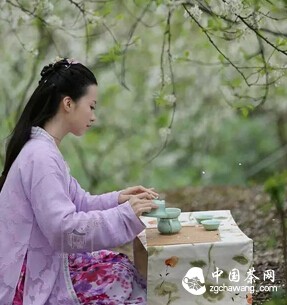Some people prefer lighttea, while others enjoy strong tea. Although the number of times tea is brewed and personal taste preferences vary greatly, from a nutritional absorption perspective, bagged tea is best brewed only once, and loose-leaf tea should not exceed three brews.

Drinking Tea This Way Maximizes Anti-Cancer Effects
He explained that tea contains cancer-inhibiting polyphenols, blood sugar-lowering tea polysaccharides, central nervous system-stimulating caffeine, and various amino acids, vitamins, and other nutrients. The amount of these nutrients released depends largely on the number of brews. Generally, the larger the tea leaves, the slower the release of nutrients; the smaller the particles, the faster the release.
Compared to loose-leaf tea, bagged tea undergoes cutting and rolling during processing, thoroughly breaking leaf cells and resulting in smaller particles. About 80%-90% of the nutrients are released during the first 3-5 minute brew, and the remaining 10% is almost entirely released in the second brew. Therefore, it is recommended that bagged tea be brewed only once, as this ensures no loss in nutritional absorption and maintains flavor. Loose-leaf tea, with its larger particles, requires a longer first brew of about 5 minutes, releasing 60%-80% of its nutrients. The second brew releases 80%-90%, and the third over 95%. Further brewing offers little nutritional benefit.

Regarding concerns that multiple brews may leach pesticides or heavy metals, while there is some truth to this, excessive worry is unnecessary. Most pesticides used in tea production have extremely low water solubility. Even with 1 mg/kg residue, drinking 10 grams of tea daily would intake only 0.0001 mg of pesticide—thousands of times below the WHO's daily allowable limit. Heavy metals like lead also have low leaching rates, and teas from certified manufacturers comply with safety standards.